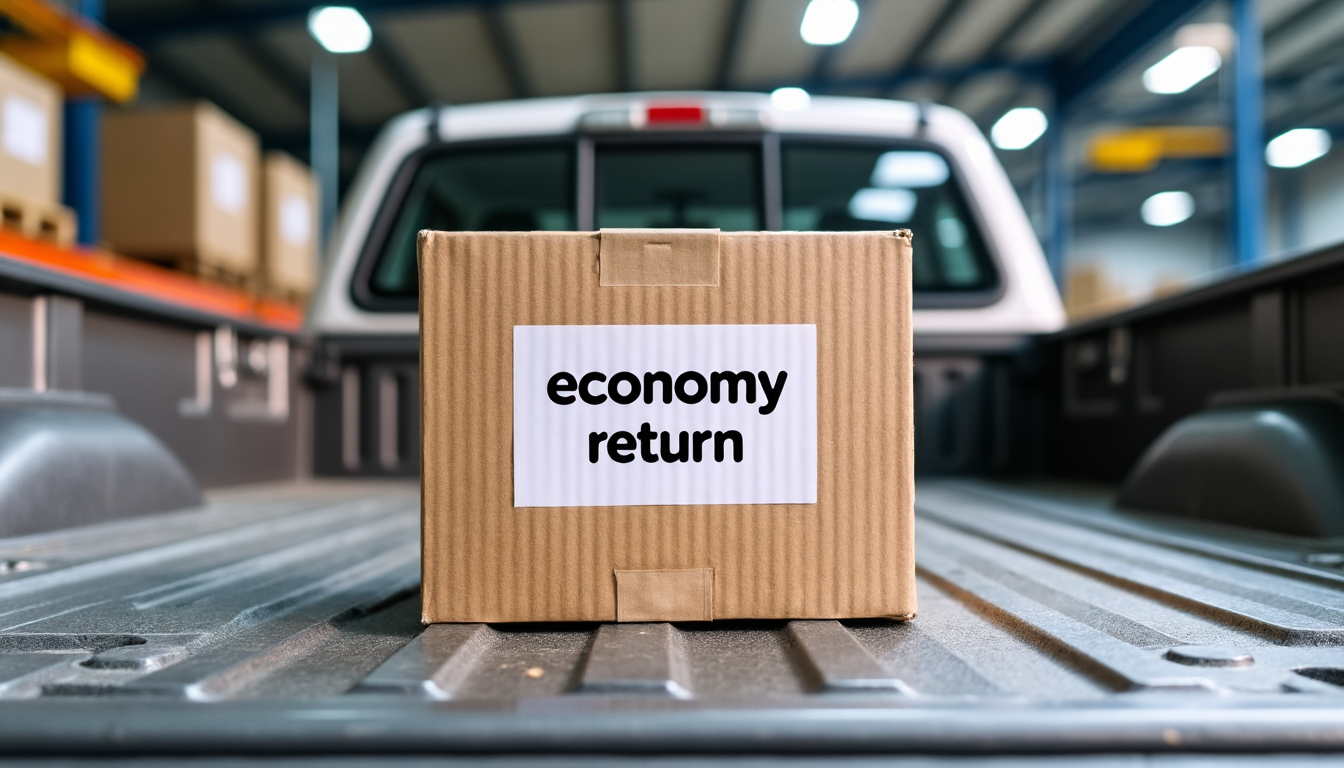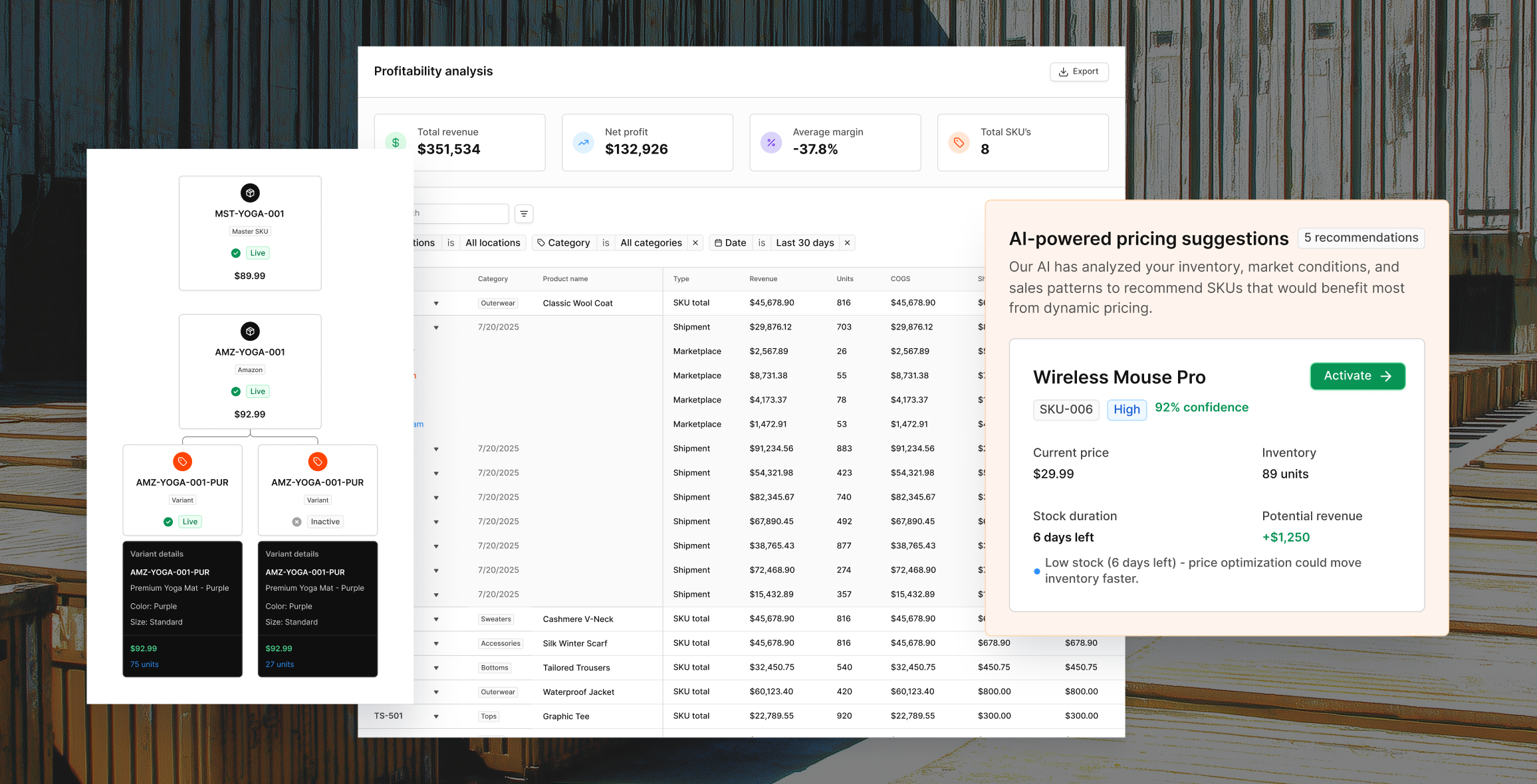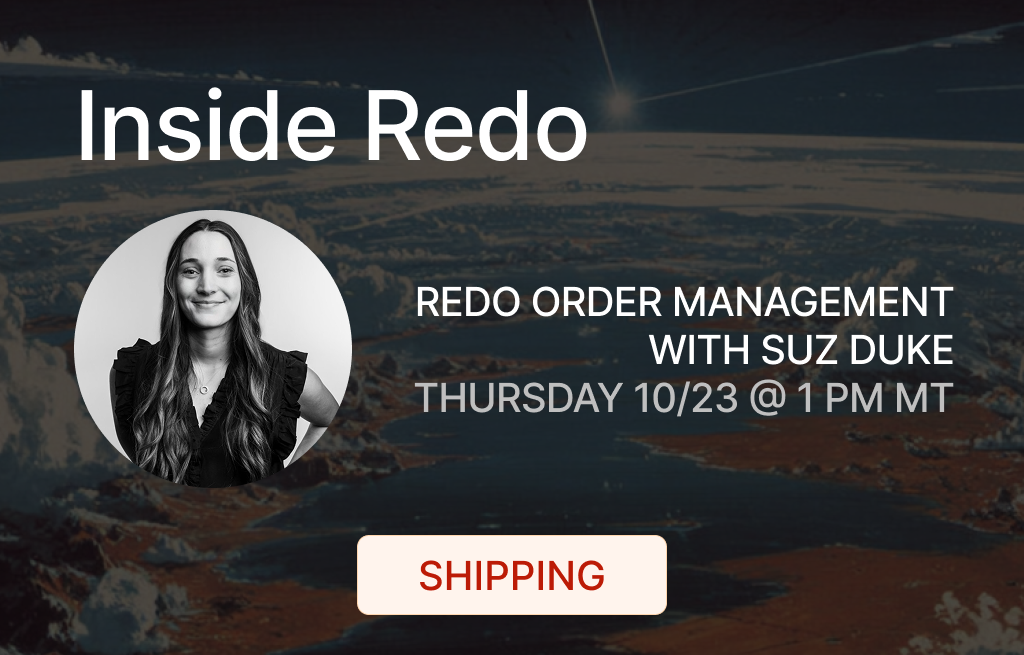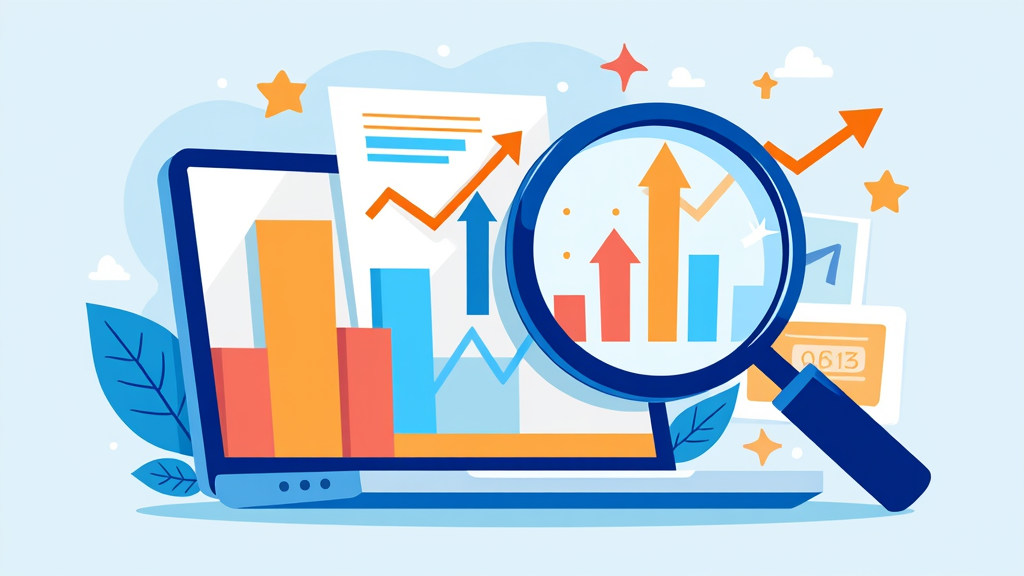What Is Economy Shipping and Why It Matters for Returns



Request A Demo
Take 30 minutes to see how Redo can help you retain more revenue through a more cohesive post-purchase experience for your buyers.
Shipping remains one of the most powerful levers in ecommerce success. Yet most conversations stop at outbound delivery: how fast can you get an order to a customer, and at what cost? The harder question, and increasingly, the more expensive one, is what happens when the customer sends something back.
Economy shipping isn’t only a low-cost delivery method. Used strategically, it can redefine how brands manage returns, forecast inventory, and preserve margins. Economy shipping is more than a cost tier, it’s a data source that reveals how efficiently your supply chain runs in both directions.
Defining Economy Shipping
At its core, economy shipping is the lowest-cost delivery service a carrier offers. It trades speed for savings, usually relying on ground or combined transport rather than air. Delivery might take a few extra days, and service guarantees are minimal. Most carriers include basic tracking that confirms movement, though not exact delivery times.
Brands usually use economy shipping for bulky, low-margin, or non-urgent items, and for customers who prefer low-cost or free delivery instead of speed. It represents a conscious balance: slower delivery at a lower cost.
The same principle can apply on the return journey. When returns move through clear channels, companies can take control of reverse logistics. Many ecommerce brands fail to optimize this part of their operations.
The Growing Weight of Returns
Returns have become a defining cost of the ecommerce era. In 2024, U.S. retailers processed roughly $890 billion in returned goods, about 16.9 percent of total retail sales, according to the National Retail Federation. In addition, a recent study from Optoro found that shoppers return online purchases three to four times more often than in-store transactions, with return rates ranging from 20 to 30 percent depending on the product category.
Grand View Research estimates that the U.S. reverse-logistics market, which includes returns, refurbishing, and resale, was worth about $150 billion in 2024. The firm expects it to grow more than 7 percent per year, reaching $1.6 trillion worldwide by 2034. That growth underscores how central returns management has become to business success and long-term growth.
Source: Grand View Research, 2024
Returns also carry an environmental burden. Retail Dive reports that U.S. returns create around 5 billion pounds of waste. They also produce 15 million metric tons of CO₂ every year during transport and disposal. The challenge for merchants is clear: lower these costs without compromising customer trust.
How Economy Returns Work
Designing a return process around economy shipping begins with one principle: maintain visibility while minimizing spend.
Instead of defaulting to express labels, merchants can make economy ground shipping the standard for returns. It still includes tracking but avoids paying for unnecessary speed. When speed matters, such as for warranty exchanges or urgent replacements, retailers can let customers pick express return shipping. This option can be available at checkout or in the return portal.
Brands see the greatest efficiencies when they group their returns. Rather than sending every package directly back to a main warehouse, companies route returns to regional hubs. After collecting the items, retailers ship them in bulk. This reduces redundant truck trips, simplifies handling, and stabilizes freight costs.
Data integration builds on these gains. Linking each return scan to the original order helps teams identify issues faster, restock efficiently, and detect fraud. Fraud alone costs retailers about $10.40 for every $100 in accepted returns according to the NRF.
Monitoring performance by region or carrier highlights weak points in the network. Inventory systems can then treat returns in transit as active stock, helping prevent stockouts and maintain accuracy.
When managed well, economy returns are not about downgrading service. They’re about matching speed to value and regaining control over a costly part of operations.
Comparing Shipping Tiers
Economy tiers minimize cost per unit but extend delivery time. The strategic task is deciding which shipments merit speed and which can move more slowly without harming satisfaction.
Balancing Outbound and Return Flows
A cost-conscious yet flexible approach should govern both legs of the customer journey. Offering an economy option at checkout can boost conversion. As a Digital Commerce 360 and BizRate Insights survey found that 46% of shoppers choose slower delivery to save money. Mirroring that same flexibility in returns creates symmetry: economy by default, premium by exception.
Integrating outbound and return data into a single system gives operators the full picture of an order’s lifecycle. With Redo, Shopify merchants can connect shipping data, return tracking, and inventory visibility in one workspace. By synchronizing every scan, refund, and restock event, retailers gain real-time insight into stock levels and product flow, turning returns management from a cost center into a predictable, measurable process.
A Real-World Example
Imagine a DTC skincare brand selling subscription kits and add-on accessories. Subscription boxes ship via express delivery to meet expectations, while accessories use economy ground service. All returns default to an economy label with a 7–14 day window; only defective or urgent cases receive expedited handling.
Returns from the West Coast route through a California hub, and East Coast returns through New Jersey. Each week, these hubs palletize and ship bulk loads to the central warehouse. The brand monitors these flows, tracks delays by region, and maintains buffer inventory to offset slower transit.
By grouping returns and improving visibility, the company cuts freight costs while maintaining transparency with customers. When this data feeds directly into Redo, the merchant’s forecasting model recognizes which SKUs are likely to return and when they’ll re-enter inventory. This improves purchasing and cash-flow planning across the board.
Check out Redo’s Beauty Brand Guide to learn about How beauty brands are protecting margins through a better returns process.
Implementation Principles
Communicate clearly on your site and in post-purchase emails that economy returns can take up to two weeks. When customers understand the timeline, slower doesn’t feel inconvenient; it feels transparent.
Brand presentation remains important. Even economy shipments should include branded labels, QR codes, and secure packaging that convey professionalism.
Regional flexibility is essential. If certain areas consistently experience delays, consider using mid-tier services to maintain service standards.
Measurement drives improvement. Track return rate by SKU, average transit time, recovery rate, and total return cost. With clear data, retailers can regularly refine where economy shipping works best and where it does not.
Why It Matters
Reverse logistics is no longer a side operation. The global industry is growing more than seven percent a year. As ecommerce nears one-quarter of all retail sales, brands that handle returns efficiently and responsibly will stand out.
Customers now evaluate return experiences as part of purchase decisions. According to a National Retail Federation study, 84% of shoppers check a store’s return policy before buying, and 76% say easy returns influence where they shop.
Making economy shipping the thoughtful default helps retailers cut costs and run more efficiently. With transparency, automation, and data behind it, that approach also strengthens customer loyalty.
Redo helps merchants achieve exactly that. Our platform connects forecasting, fulfillment, and reverse logistics so that every shipment, outbound or inbound, works together. Economy shipping isn’t just about saving on postage; it’s about building an intelligent, margin-positive supply chain.
About Redo
Redo helps ecommerce brands turn post-purchase moments into lasting relationships.
Use AI-powered return flows, exchange-first logic, instant credit, and analytics to understand not just what customers bought, but why they come back.








